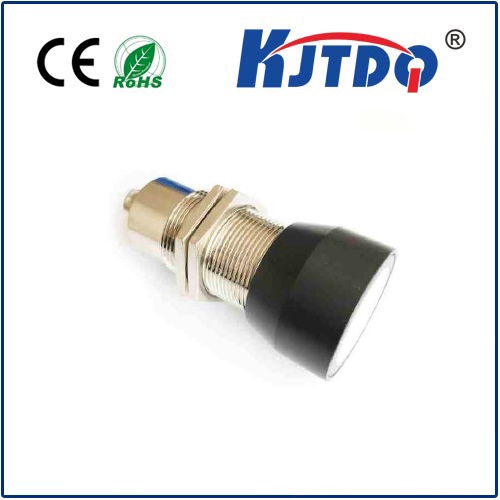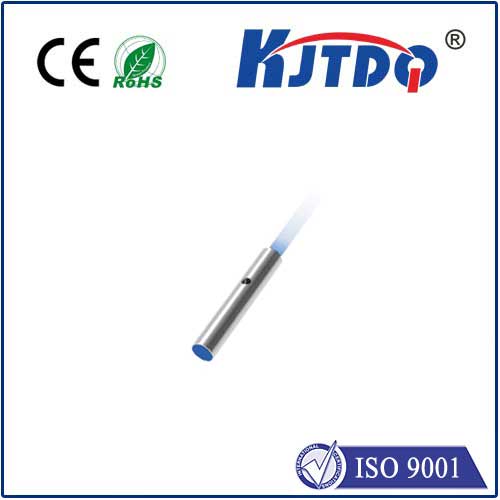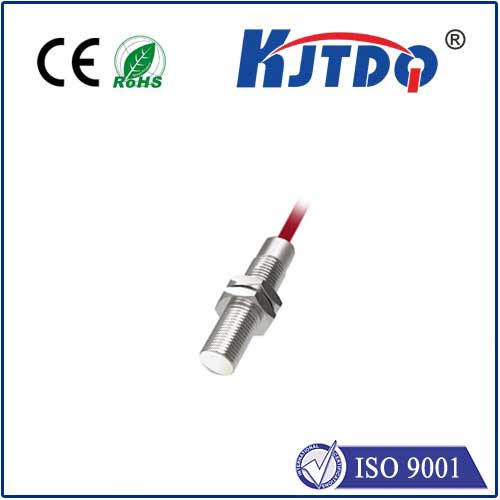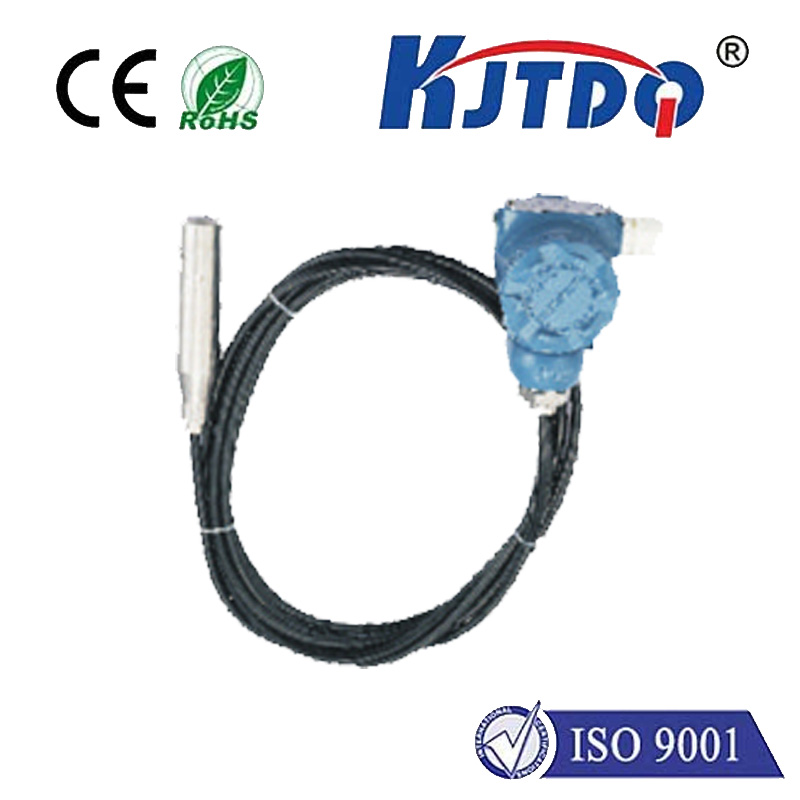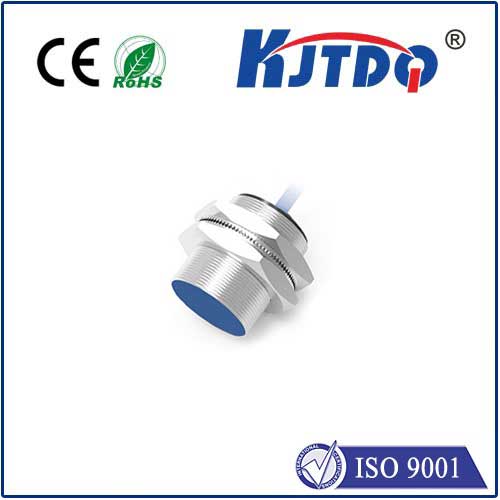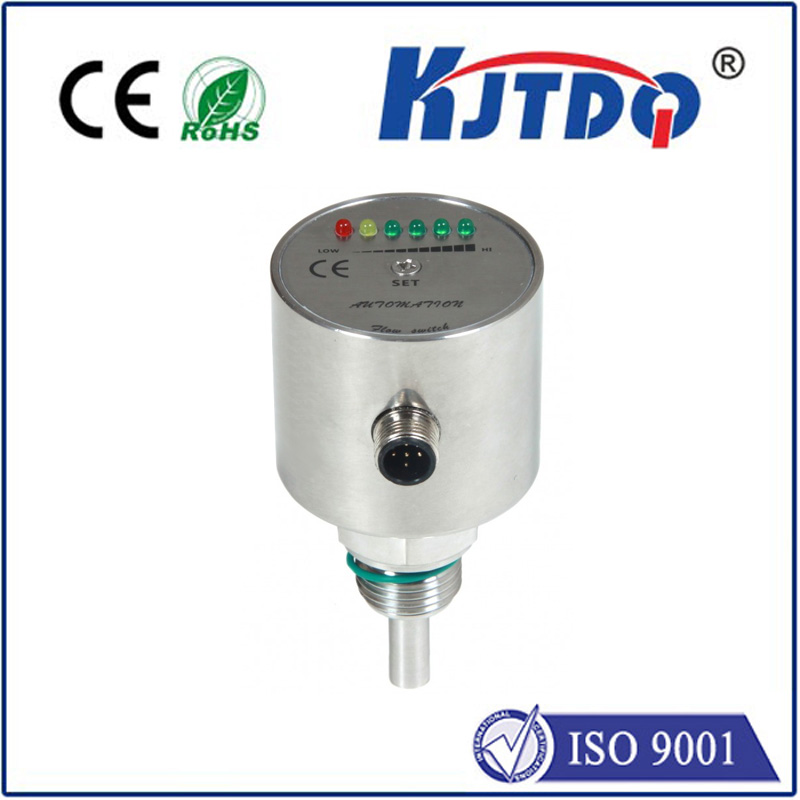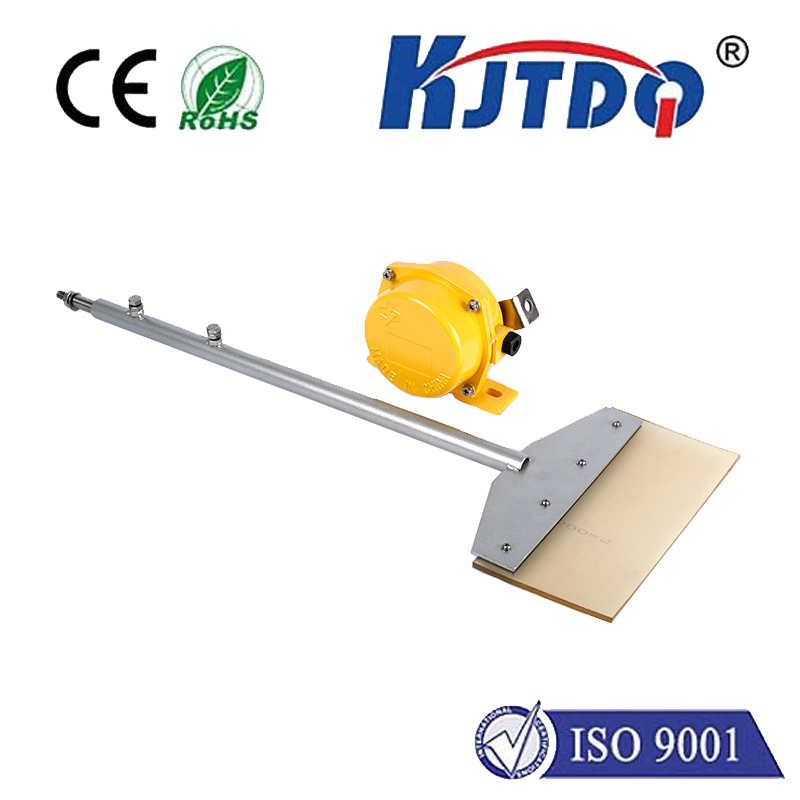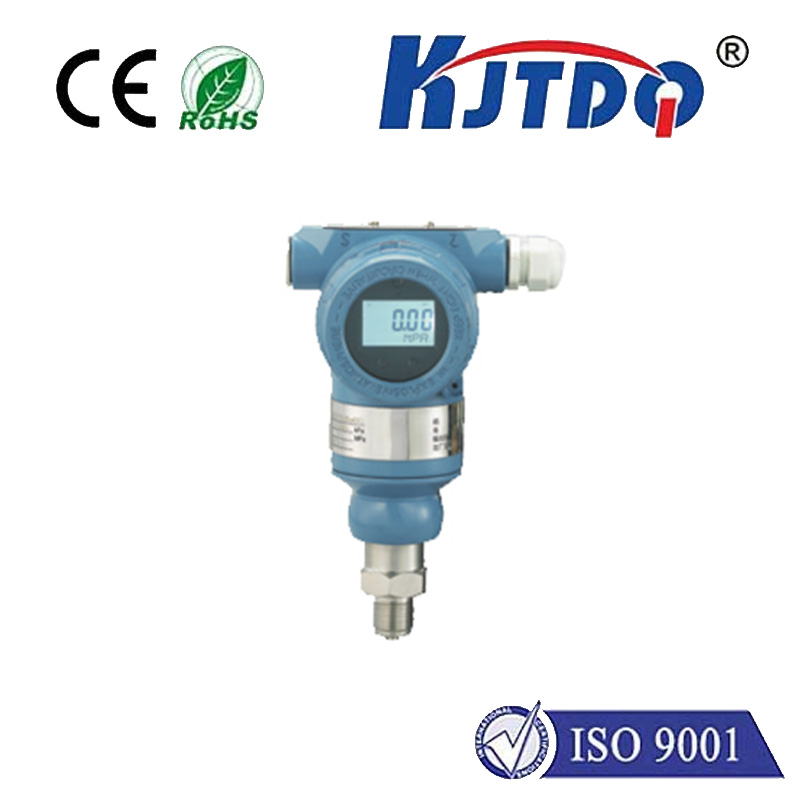

check

check

check

check

check

check

check

check

check

check
Title: Understanding the Role of Limit Switches in 3D Printers
Introduction
As technology continues to advance, 3D printing has become increasingly popular for both personal and commercial use. One crucial component that ensures the smooth operation of a 3D printer is the limit switch. In this article, we will explore the role of limit switches in 3D printers and how they contribute to the overall functionality of these devices.
What are Limit Switches?

Limit switches are electronic components used in various machinery to detect the presence or absence of an object. In 3D printers, limit switches serve as sensors that monitor the movement of the print bed and extruder along their respective axes. These switches send signals to the printer's control system, allowing it to adjust its position and ensure accurate printing results.
Types of Limit Switches in 3D Printers
There are three main types of limit switches commonly found in 3D printers: mechanical, optical, and magnetic. Mechanical limit switches use physical contact between the switch and a lever or plunger to detect movement. Optical limit switches employ a light beam and receiver to identify changes in position, while magnetic limit switches rely on the interaction between a magnet and a reed switch. Each type has its advantages and disadvantages, but all serve the same purpose: to provide precise positioning information to the printer's control system.
The Importance of Limit Switches in 3D Printing
Limit switches play a vital role in ensuring consistent and accurate printing results. They help maintain proper alignment between the print bed and extruder, preventing errors such as layer shift or misaligned prints. By providing real-time feedback to the printer's control system, limit switches enable automatic calibration and adjustment of the print bed and extruder positions. This not only saves time during setup but also reduces the risk of user error during manual calibration processes.
Troubleshooting Limit Switch Issues
While limit switches are essential for accurate 3D printing, issues can arise if they become damaged or misaligned. Common problems include failed prints due to incorrect positioning or layer shifting, as well as unexpected stops or crashes caused by faulty limit switches. To troubleshoot these issues, users should first check for visible damage or misalignment of the limit switches. If no physical issues are present, software settings or firmware updates may be necessary to resolve the problem. In some cases, replacing the limit switches entirely may be required.
Conclusion
In conclusion, limit switches are critical components in 3D printers that provide essential positioning information to the printer's control system. Without them, achieving accurate and consistent prints would be much more challenging. By understanding the different types of limit switches available and their importance in 3D printing, users can better diagnose and solve issues related to these components, ultimately leading to improved printing results.
